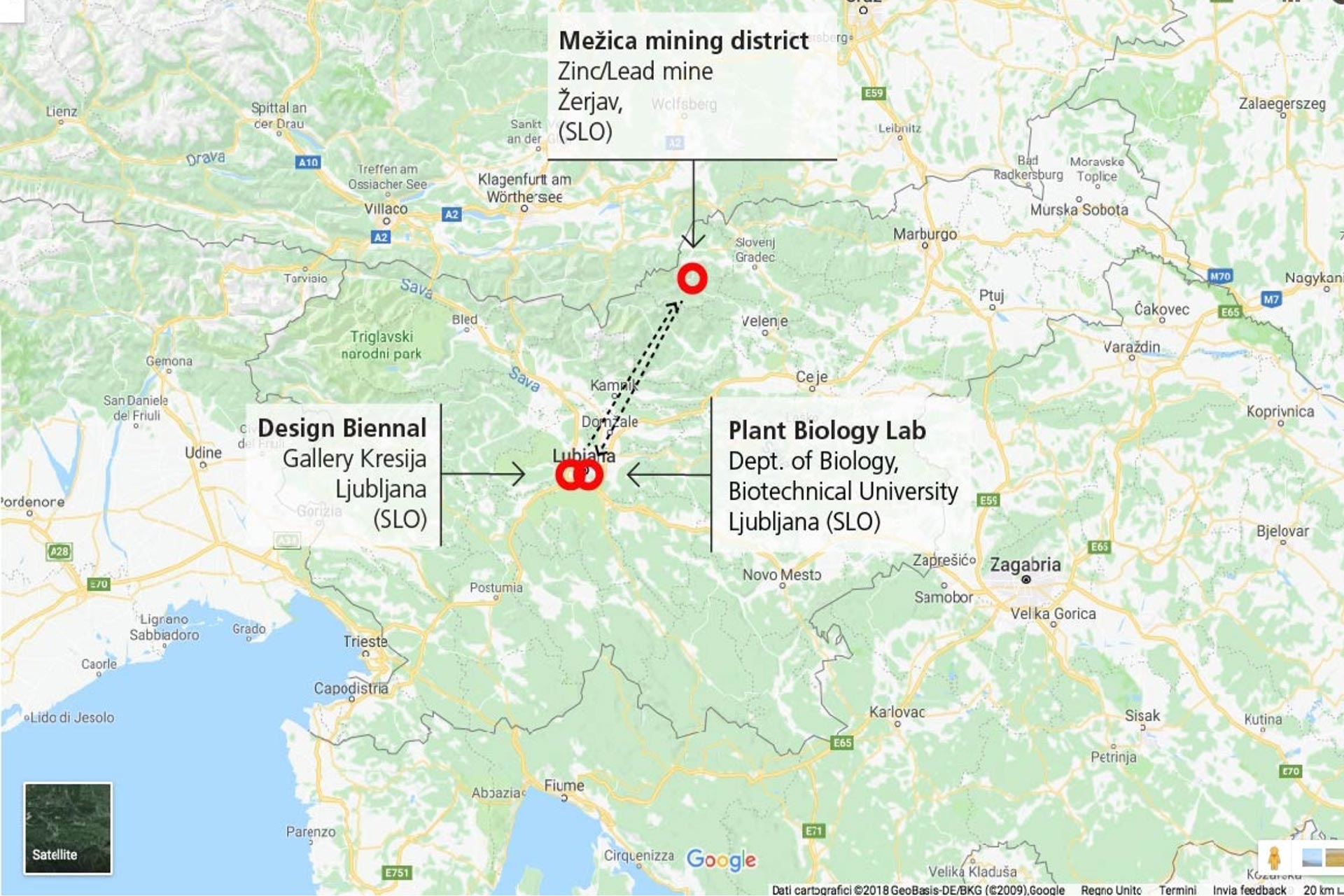 F.001
F.001
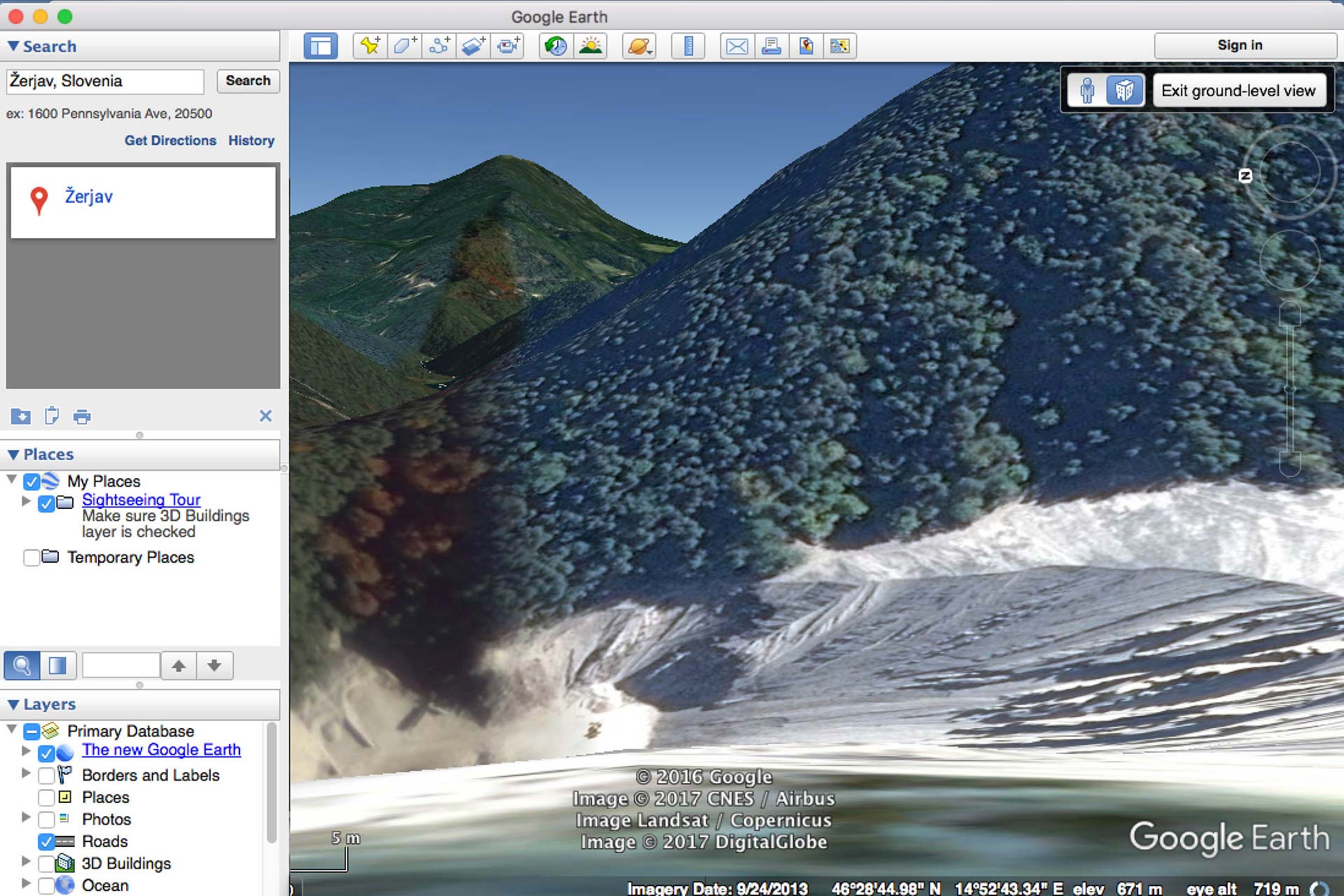 F.005
F.005
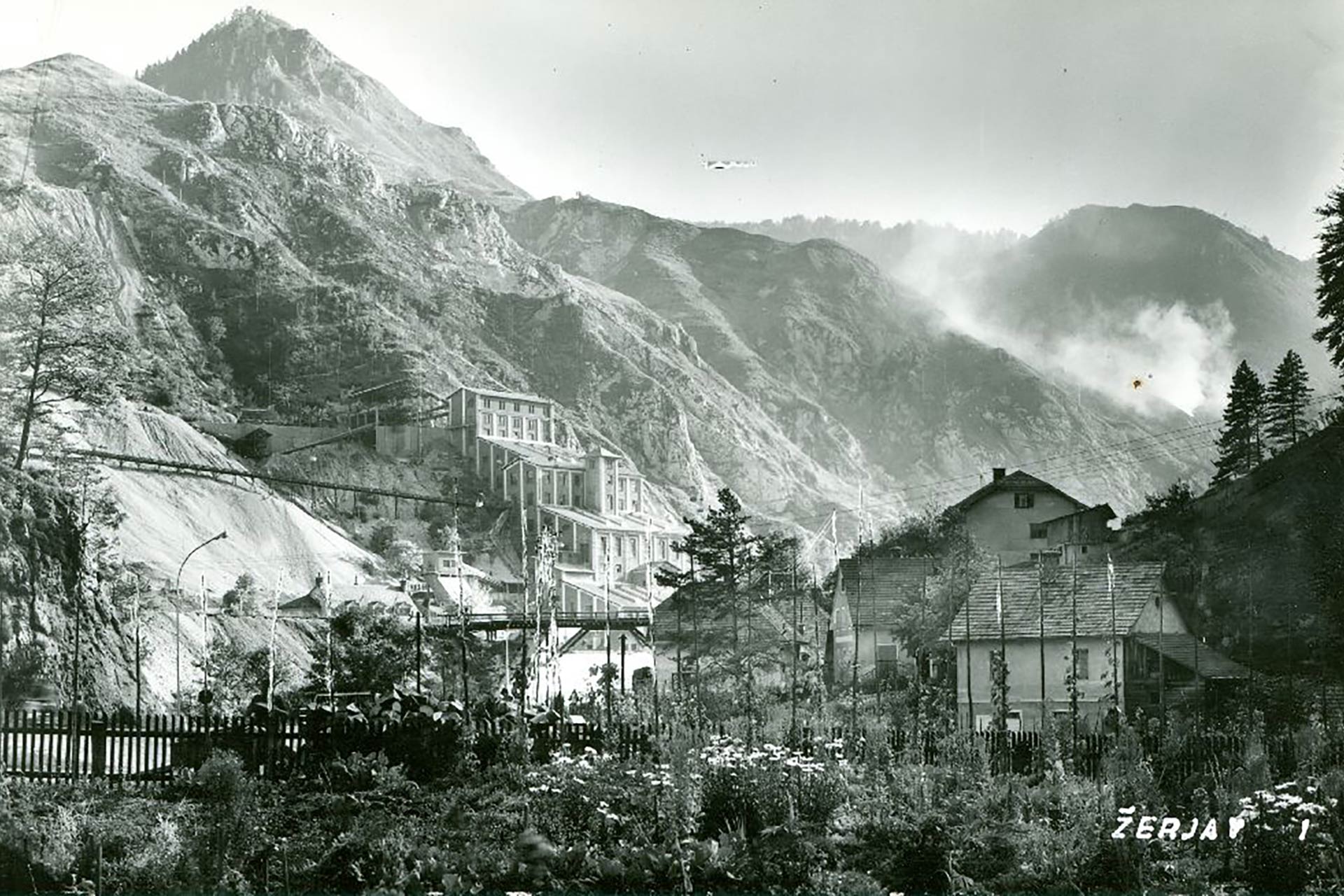 F.019
F.019
 F.002
F.002
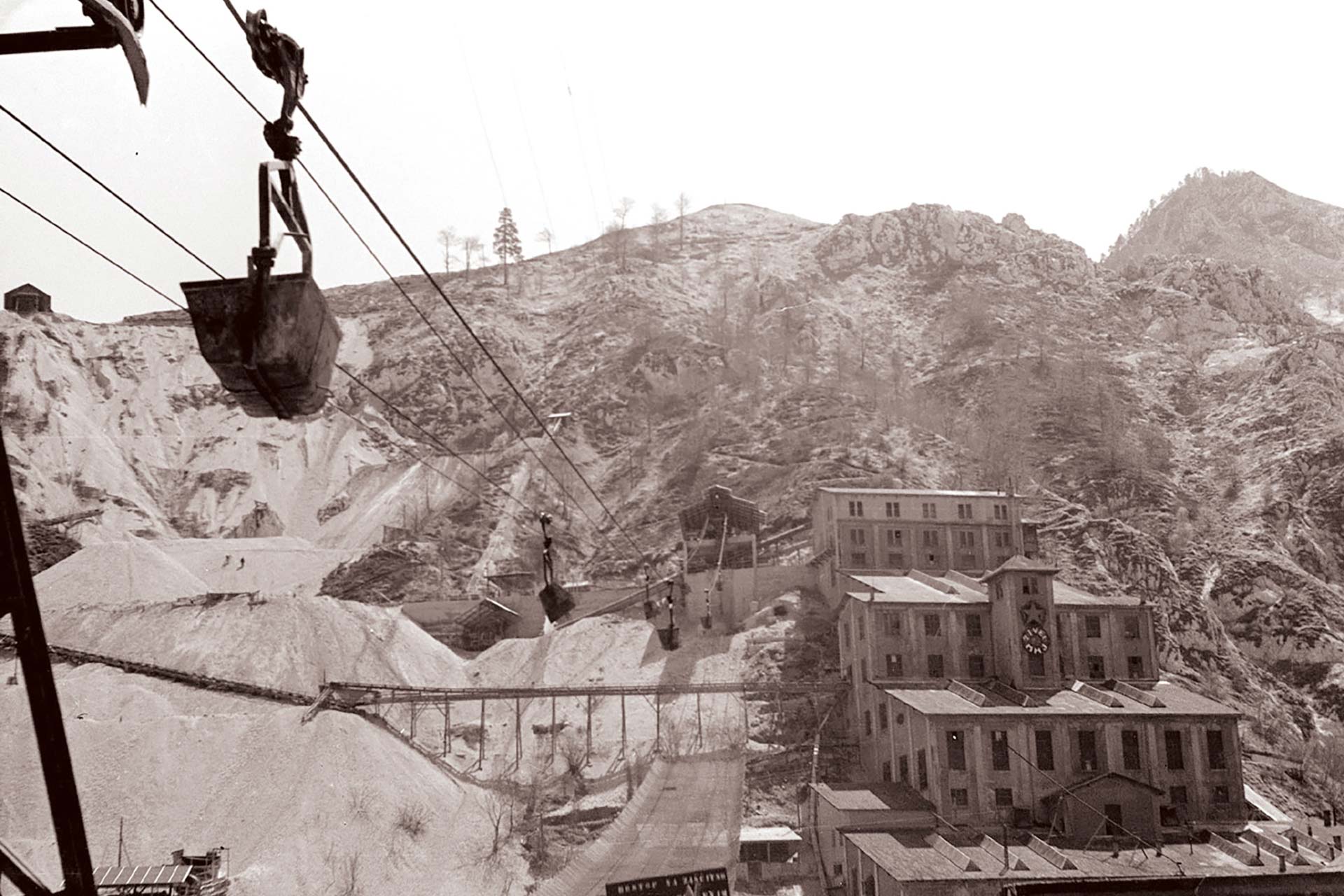 F.003
F.003
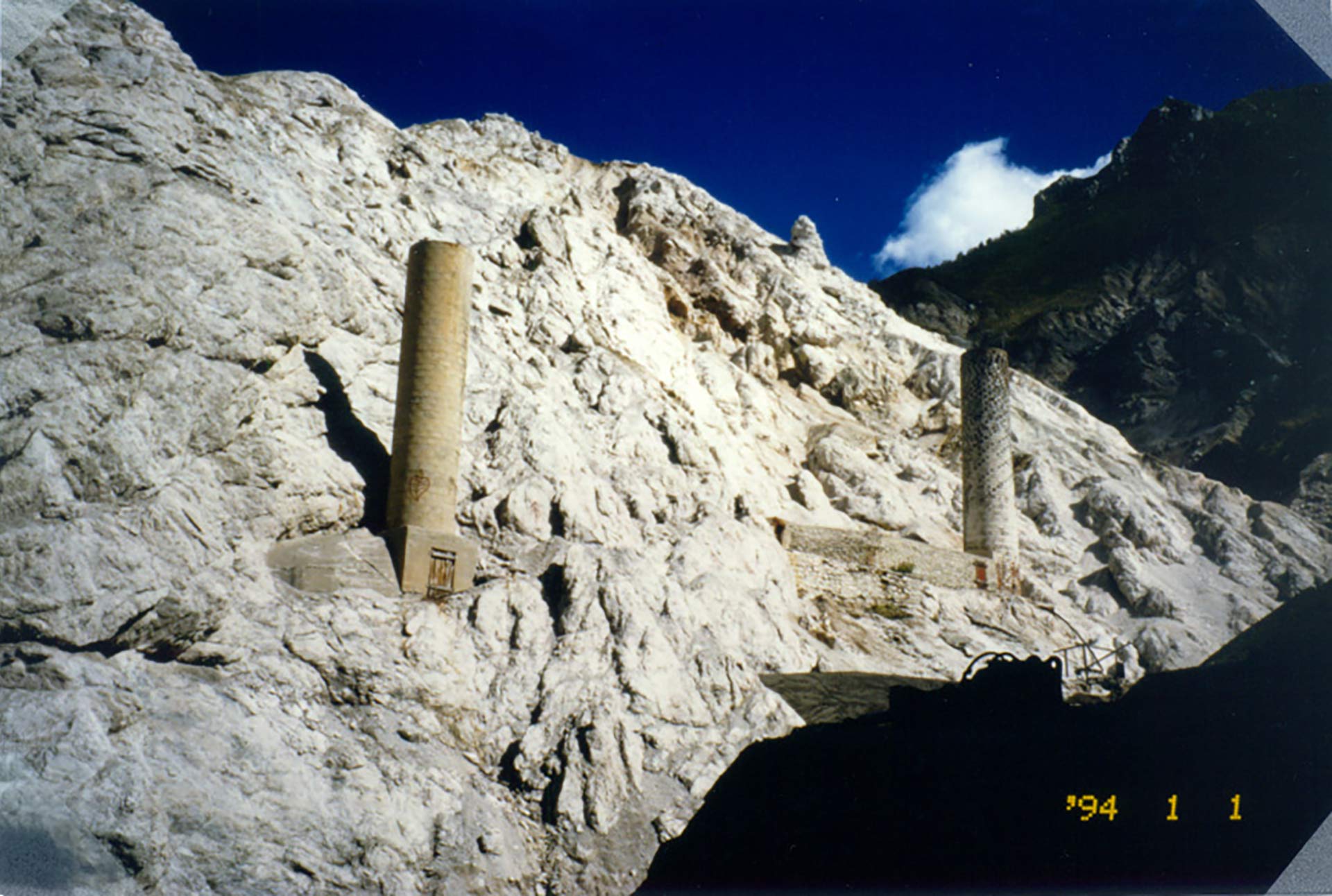 F.004
F.004
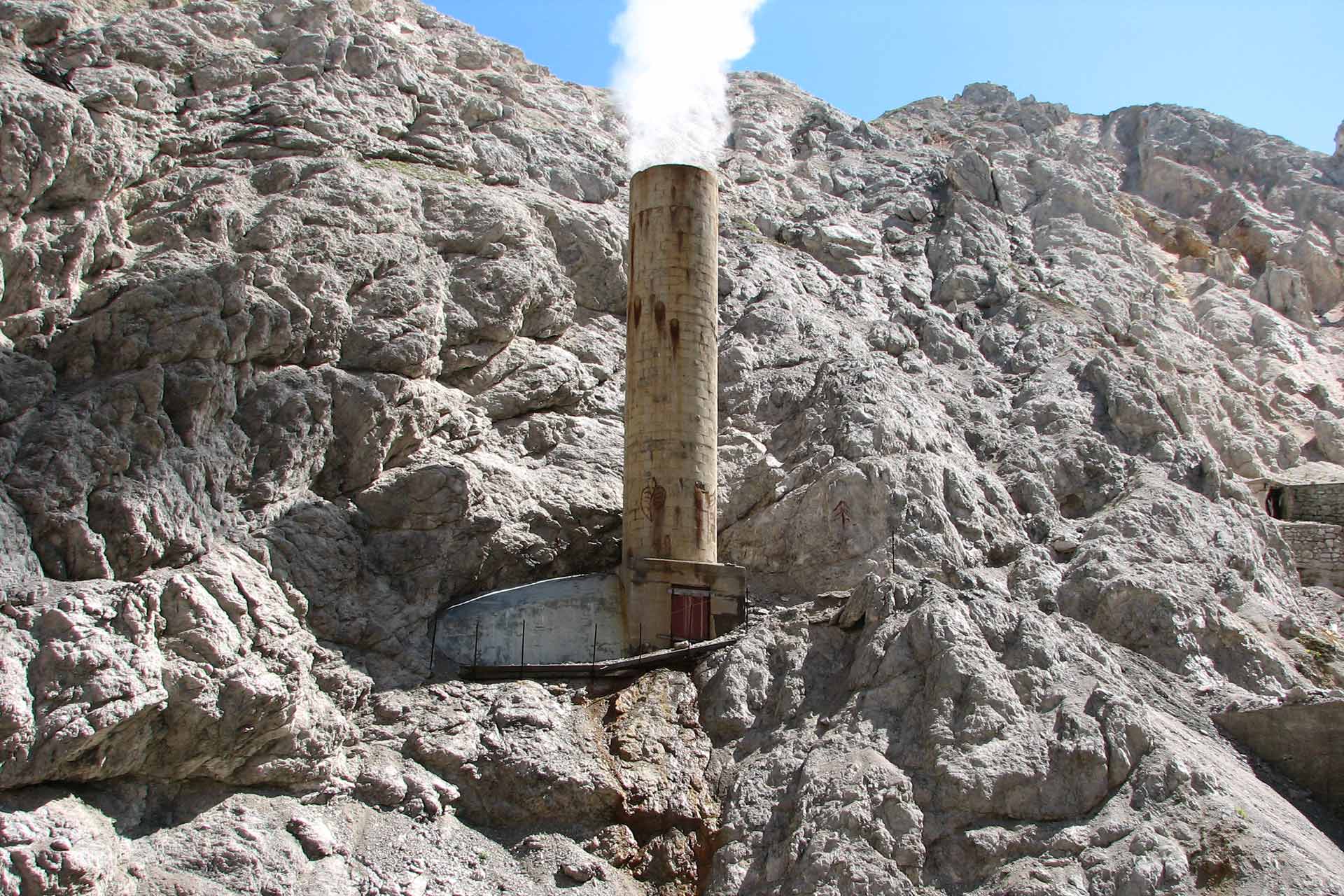 F.018
F.018
 F.021
F.021
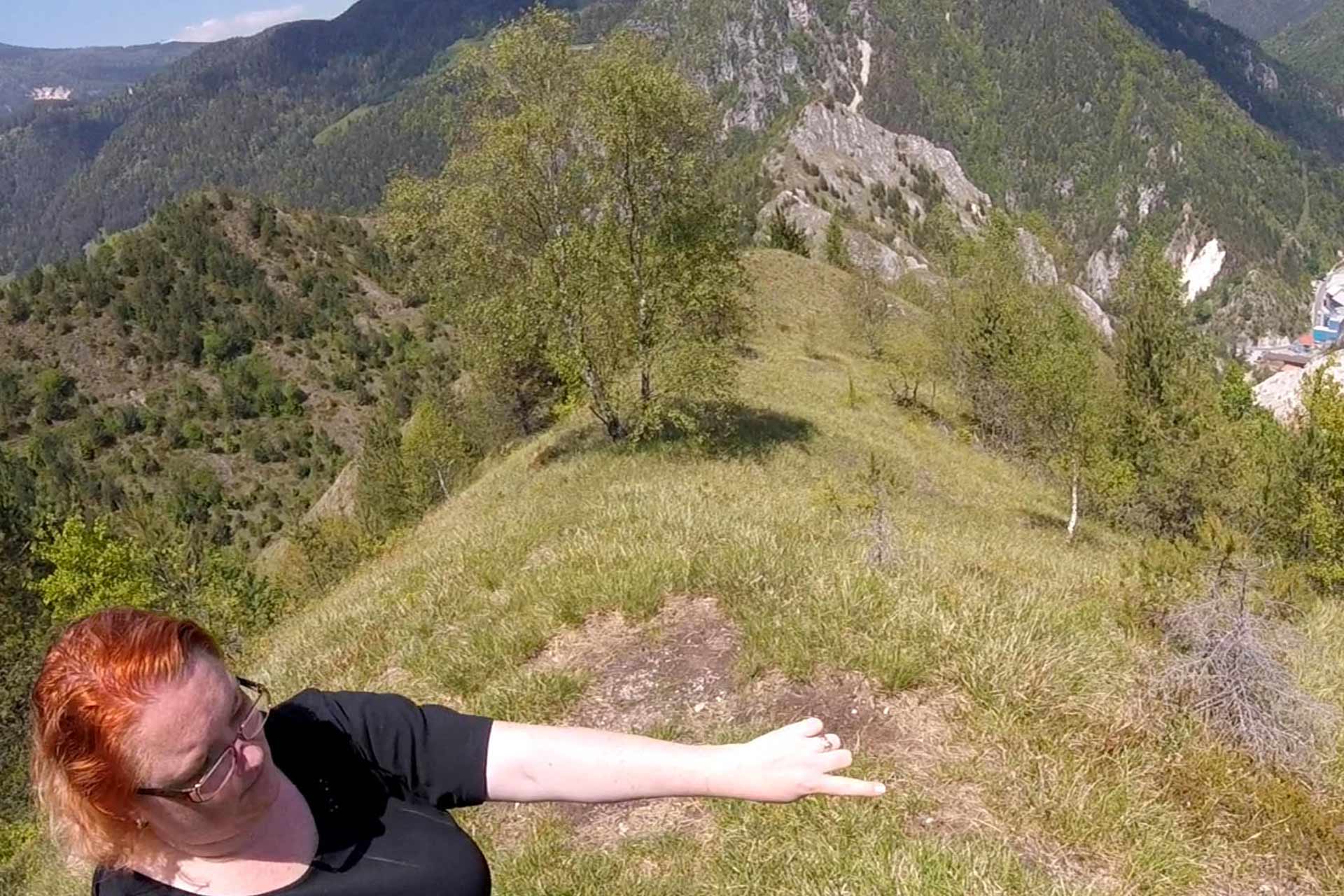 F.008
F.008
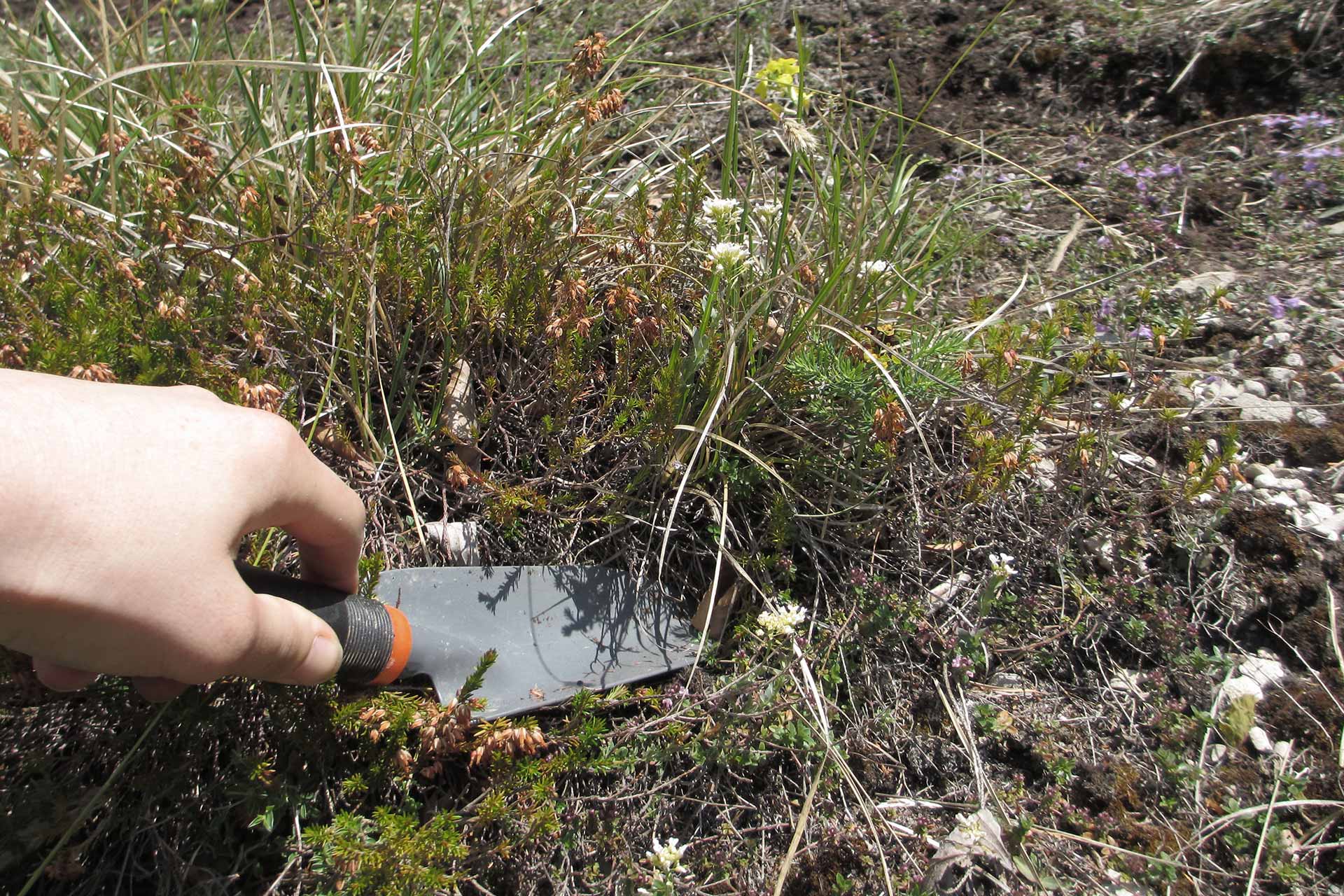 F.007
F.007
 F.006
F.006
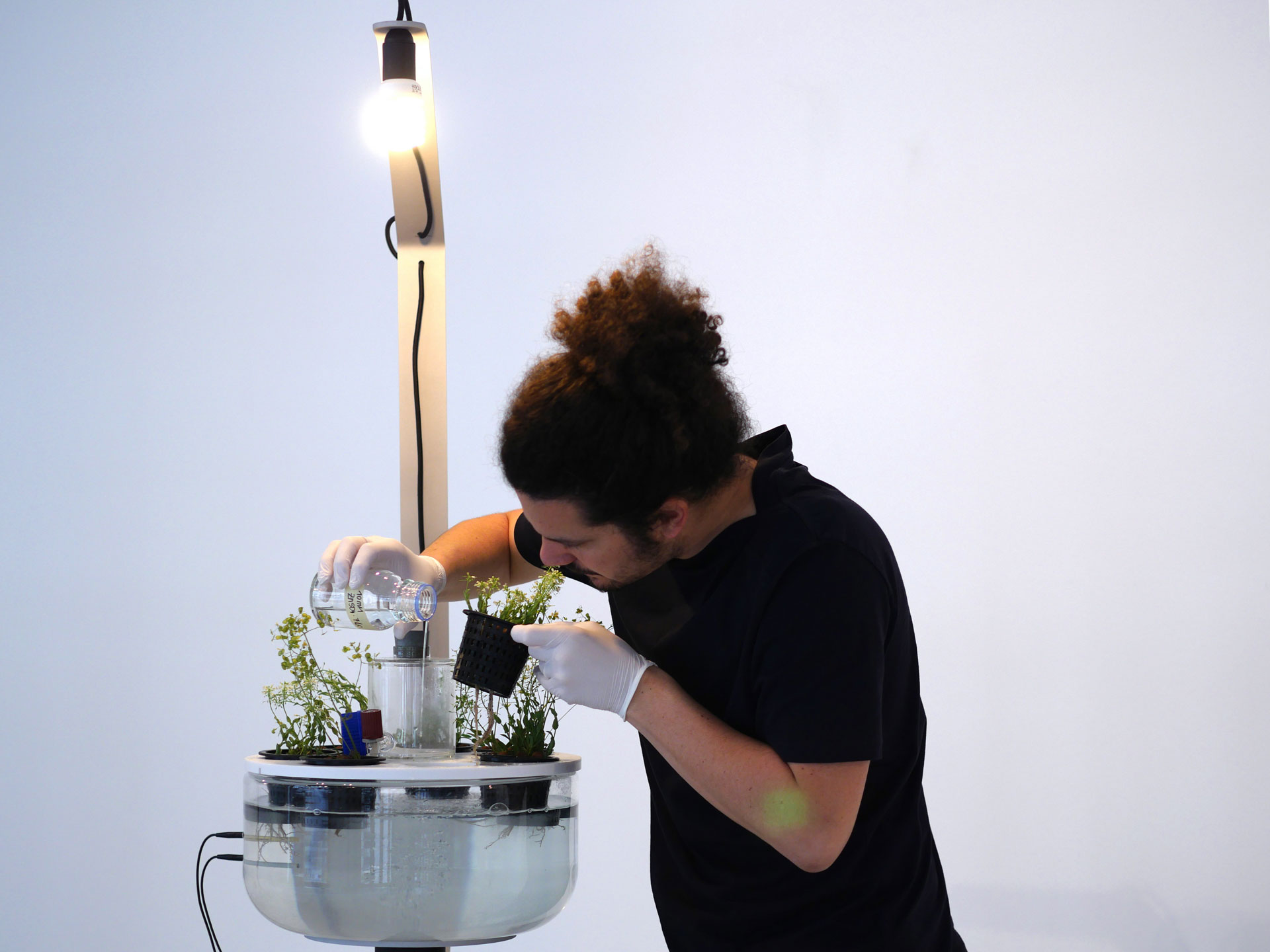 F.011
F.011
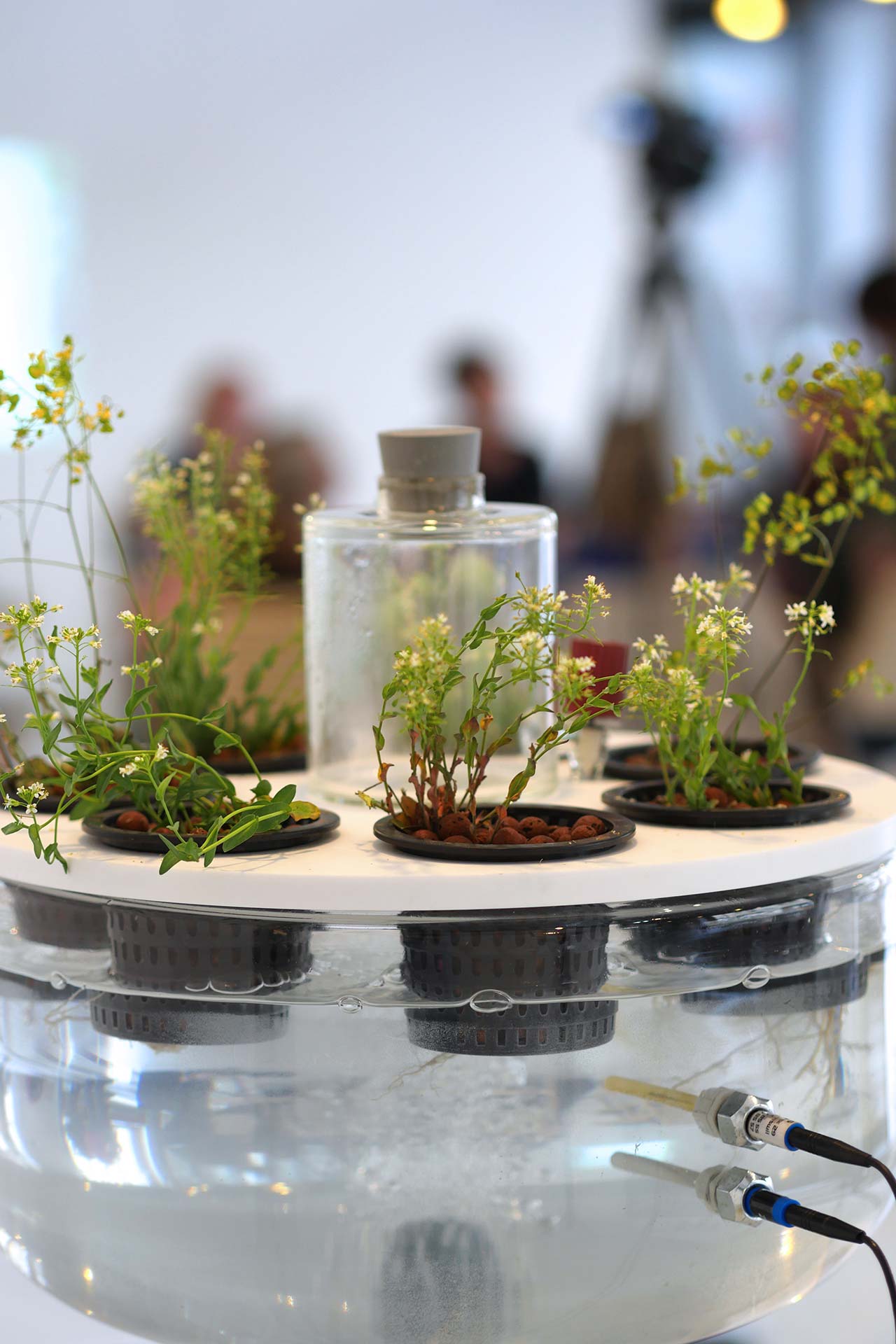 F.009
F.009
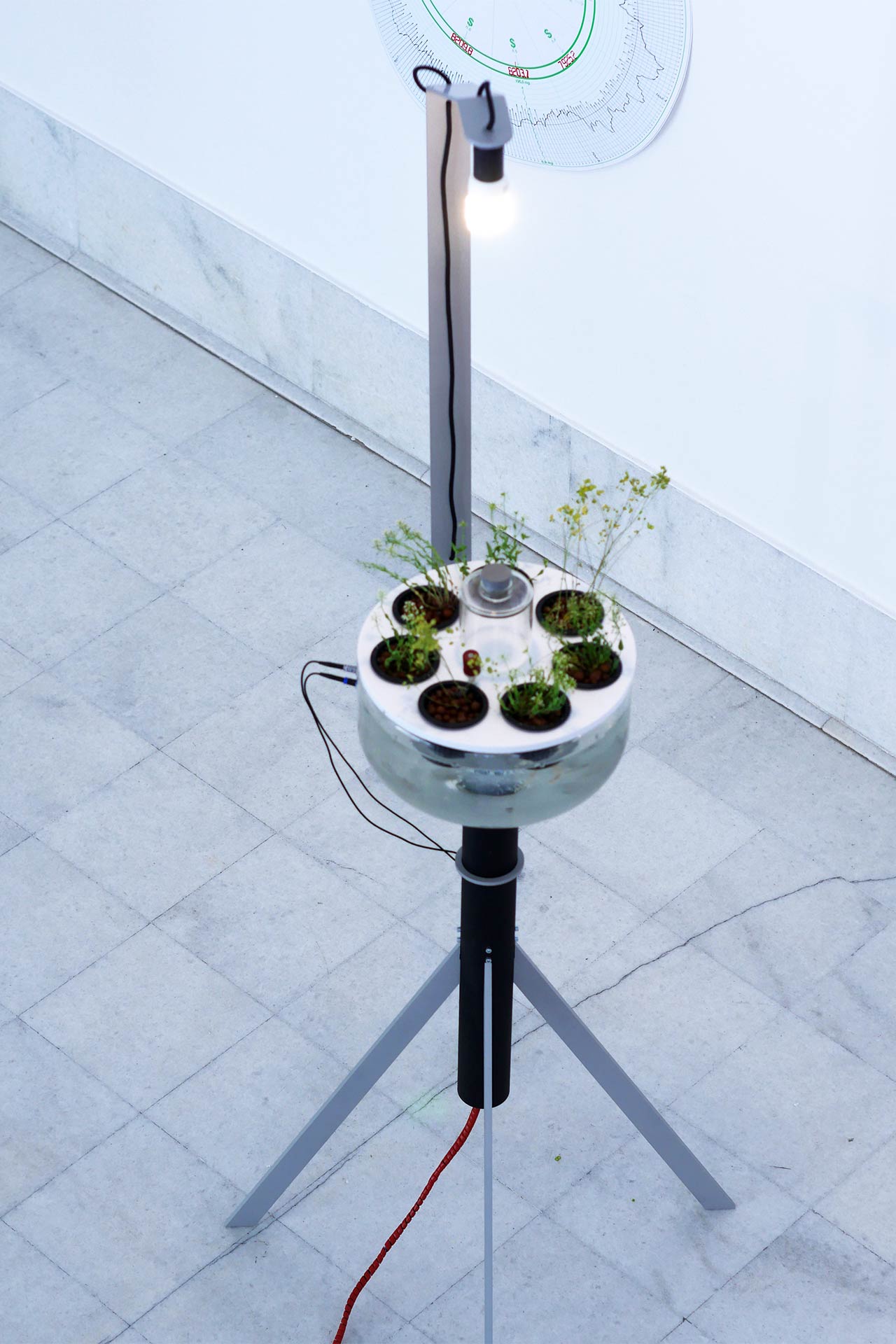 F.014
F.014
 F.015
F.015
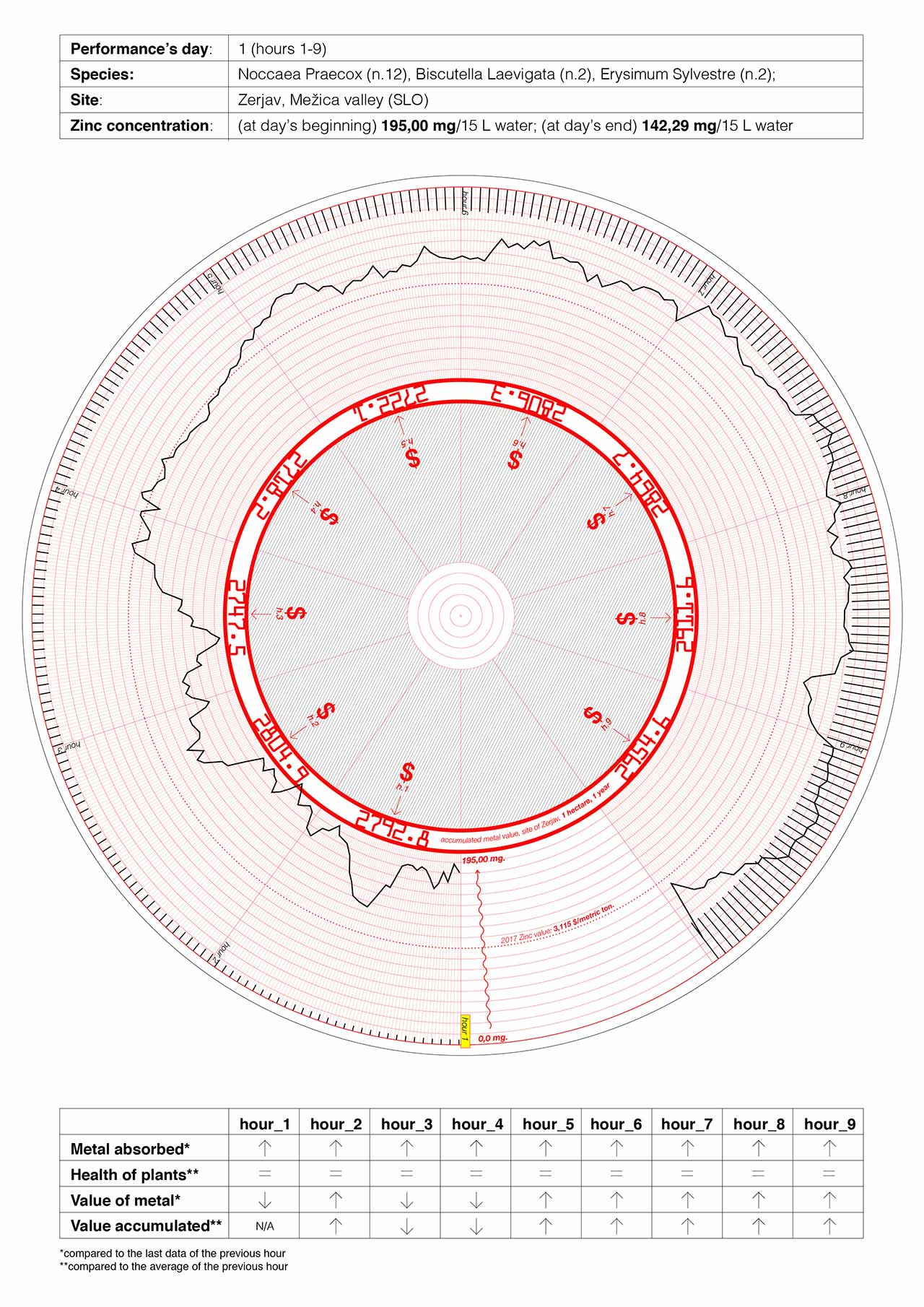 F.012
F.012
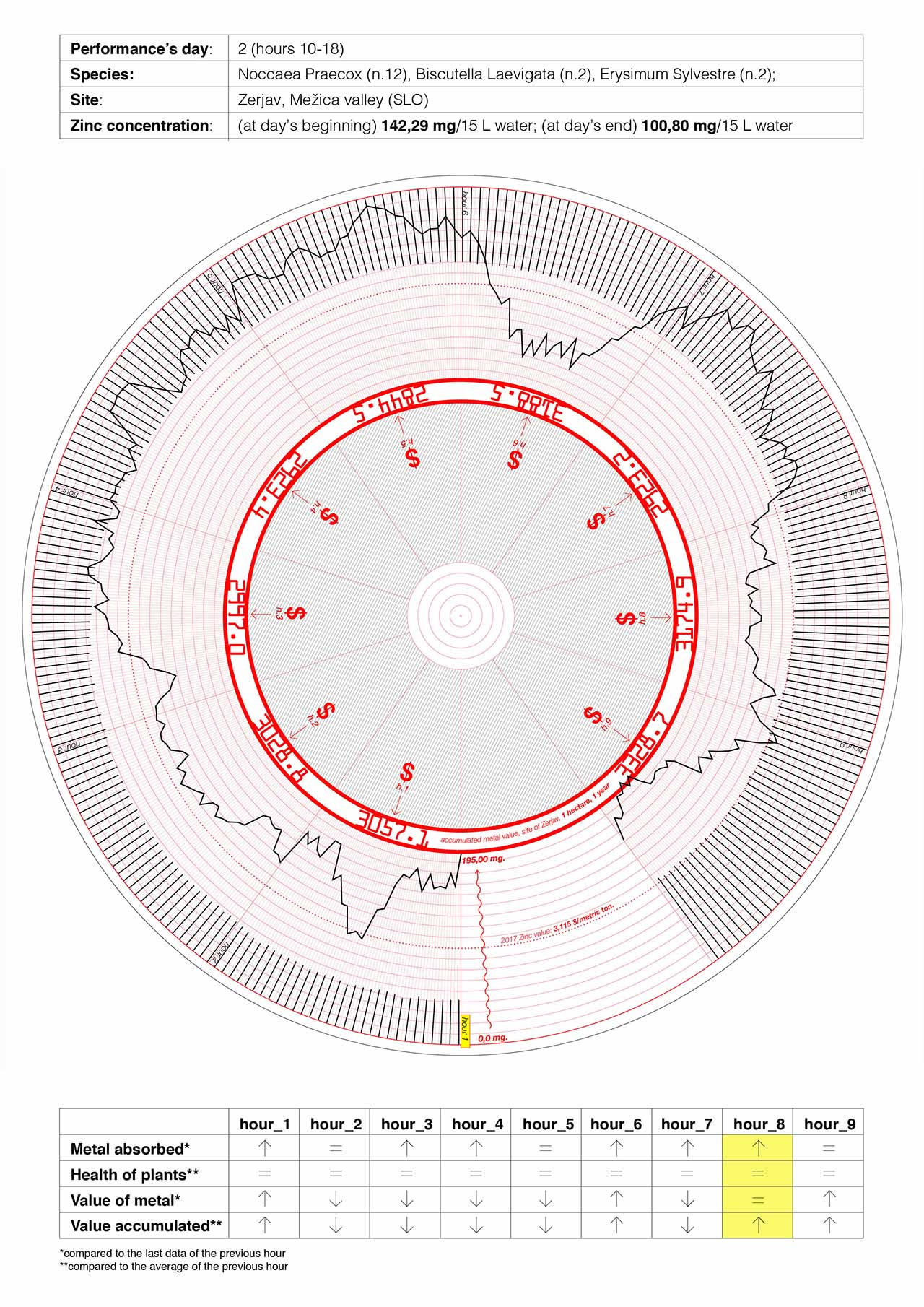 F.011
F.011
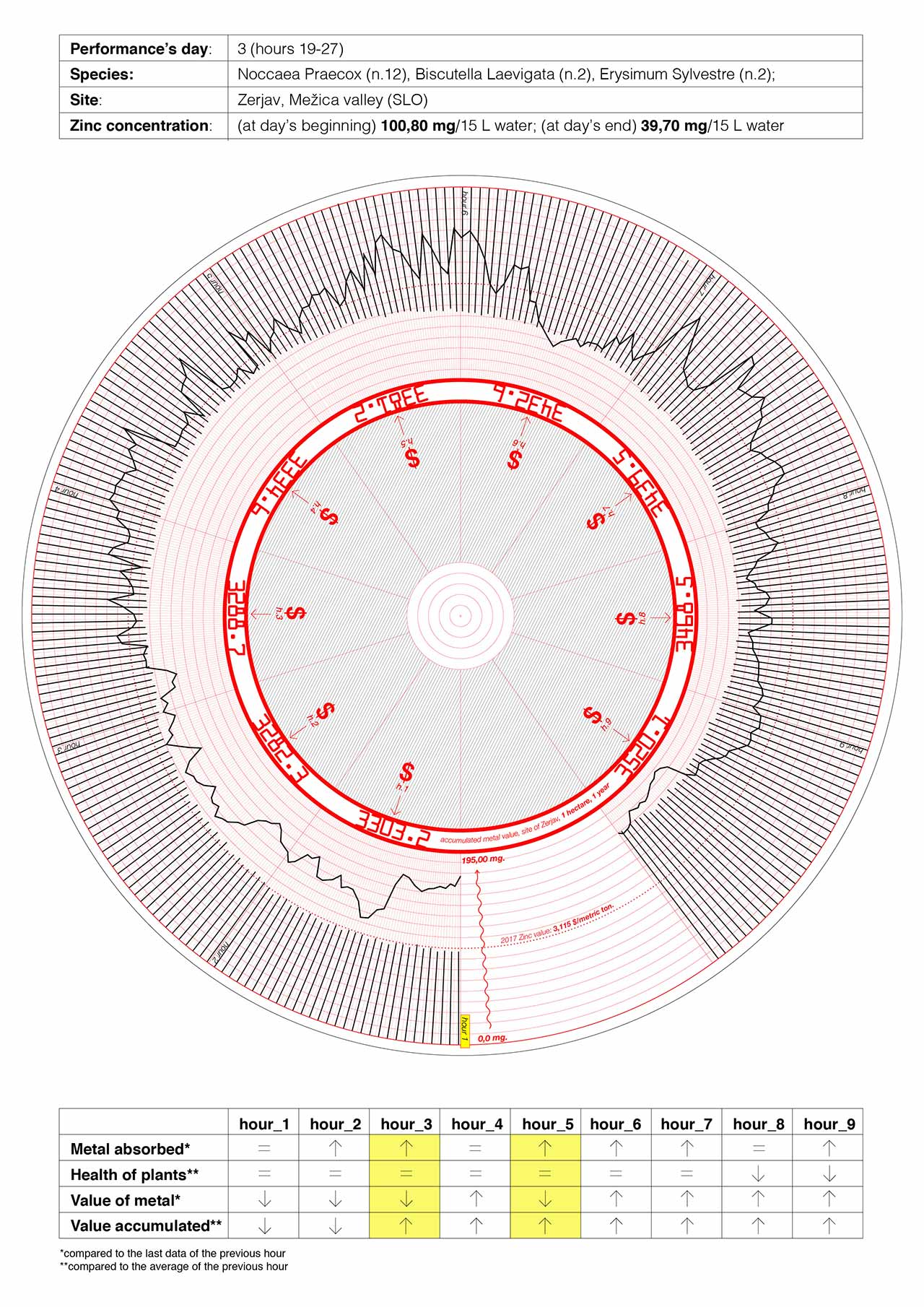 F.010
F.010
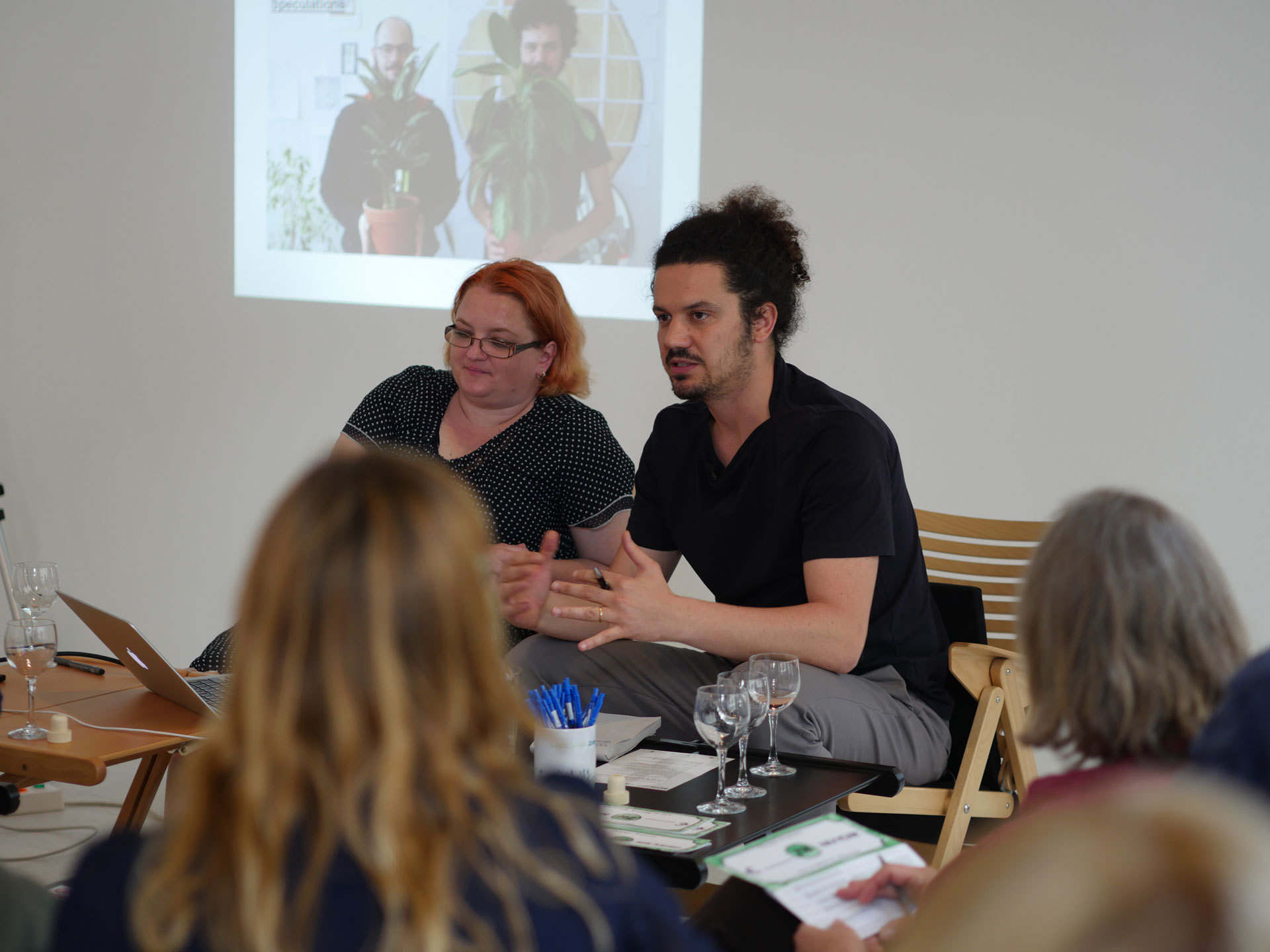 F.013
F.013
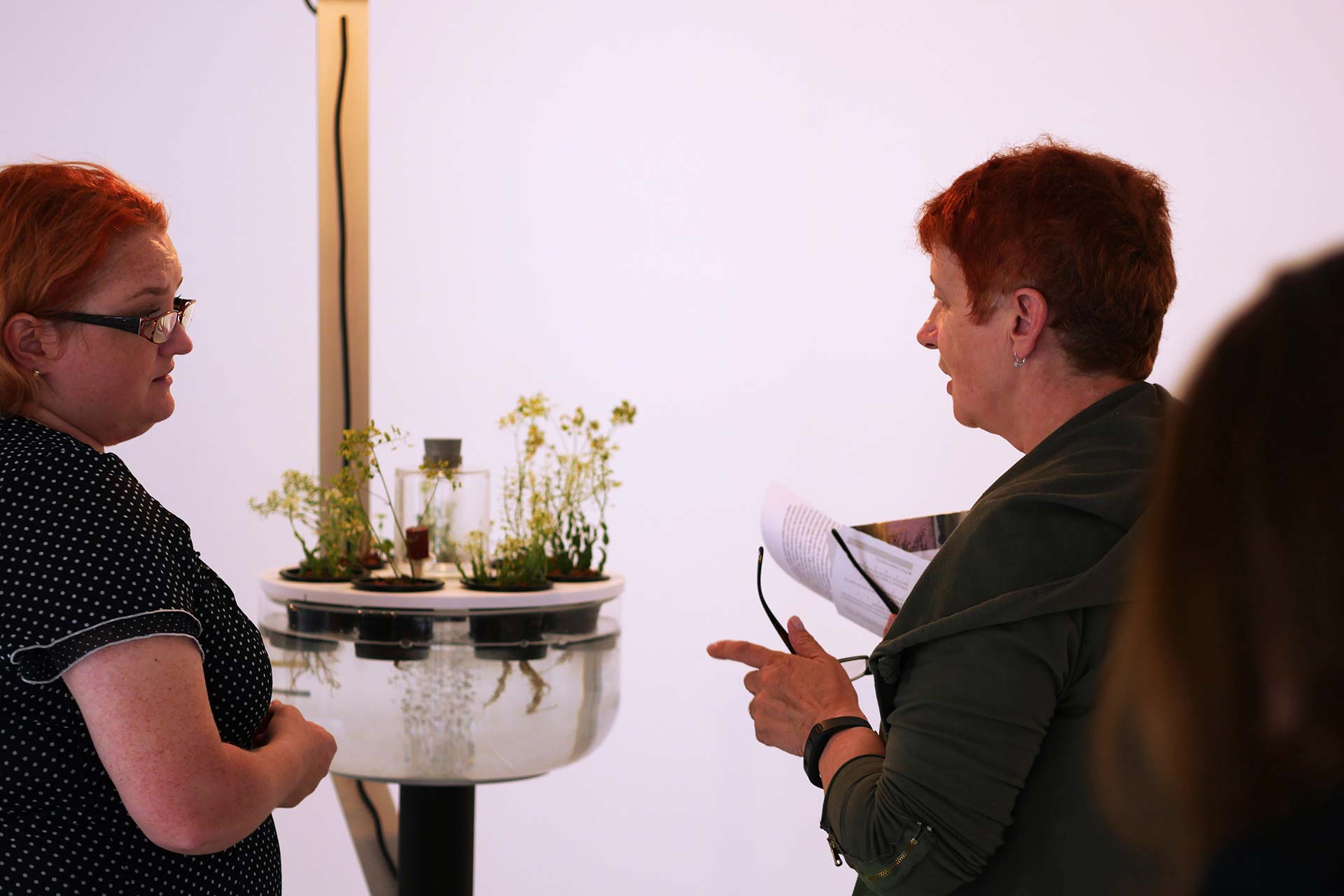 F.013
F.013
R.003
Performing Thlaspi Praecox
Words
Prelude
The 25th Ljubljana Design Biennial (BIO25), curated by Angela Rui and Maja Vardjan in 2017, explored the theme “Faraway, So Close,” examining how people reinterpret and activate non-urban spaces. Unlike previous editions, BIO25 emphasized design as a practice-in-progress, emphasizing its situated, experiential, dialogical and territorialized nature. Seven teams conducted fieldwork across Slovenia’s diverse landscapes—including woods, mines, and mountains—and designed site-specific installations. The event decentralized exhibits beyond the main venue, and situated them within outdoor, quasi-natural habitats. Additionally, “associated projects,” including Geomerce, were exhibited in Ljubljana’s art and design galleries. As part of the event, Geomerce was showcased at Kresija Gallery, an art and design space managed by the Ljubljana city council. The research was conducted in collaboration with the University of Ljubljana’s plant biology department, which had been studying Thlaspi praecox, a lead and zinc hyperaccumulator found in the contaminated Mežica Valley. Historically a mining hub, this region suffered from severe heavy metal pollution, earning the epithet “Death Valley” due to its environmental and public health impact.
About Thlaspi Praecox
During the lab visit, the Director explained that their research had focused for years on Thlaspi praecox, first identified in 2005 near the former Zerjav mine. This plant is unique in its ability to accumulate Lead (0.4%), Cadmium (0.6%), and Zinc (1.5%) per kg of dry weight. Unlike Thlaspi caerulescens, which thrives on naturally Nickel- and Chromium-rich serpentine bedrocks in Italy, Thlaspi praecox adapted to human-made contamination on calcareous substrates. The research on Thlaspi praecox is deeply tied to Slovenia’s environmental policies, as heavy metal contamination in the Mežica Valley became a major public health concern in the late 1990s. Government-supported studies began in 1998, driven by alarming health data linked to lead exposure. The urgency of soil restoration led to the development of applied ecology research, shaping the lab’s expertise. Recognizing the significance of Geomerce’s participation in BIO25, the lab’s Director assembled a temporary research team to return to Mežica Valley, where they conducted fieldwork to locate, observe, and collect new specimens of Thlaspi praecox for the installation.
Methodology
The research process was structured around three key locations: the University of Ljubljana’s plant biology lab, the former lead mine in Zerjav, and Kresija Gallery, where research findings were ultimately presented. The study examined how multiple actors—both human and non-human—shaped Geomerce’s participation in BIO25, with a particular focus on how hyperaccumulators influenced visitors’ experiences. Public engagement methods, such as presentations and public debates, provided qualitative insights into audience interactions. By integrating endemic plants into the exhibit, the project fostered a deeper connection between people and their local environment, prompting reflection on environmental remediation and alternative futures for metal-contaminated areas.
Team
Case Study Design
Gionata Gatto
Science
Katarina Vogel-Mikus (Biotechnical University Ljubljana)
Programme
Eelke Feenstra
Photography
Gionata Gatto
Exhibitions
25.05.2017- 29.10.2017
Ljubljana Design Biennial (SLO) – BIO25 – Faraway, So Close LINK
Press
Would you like to receive press materials about this project? Enter your email here
Articles
Metropolis, 2017: Could Humans & Plants Co-Create the Post-Industrial Cities of the Future? LINK
